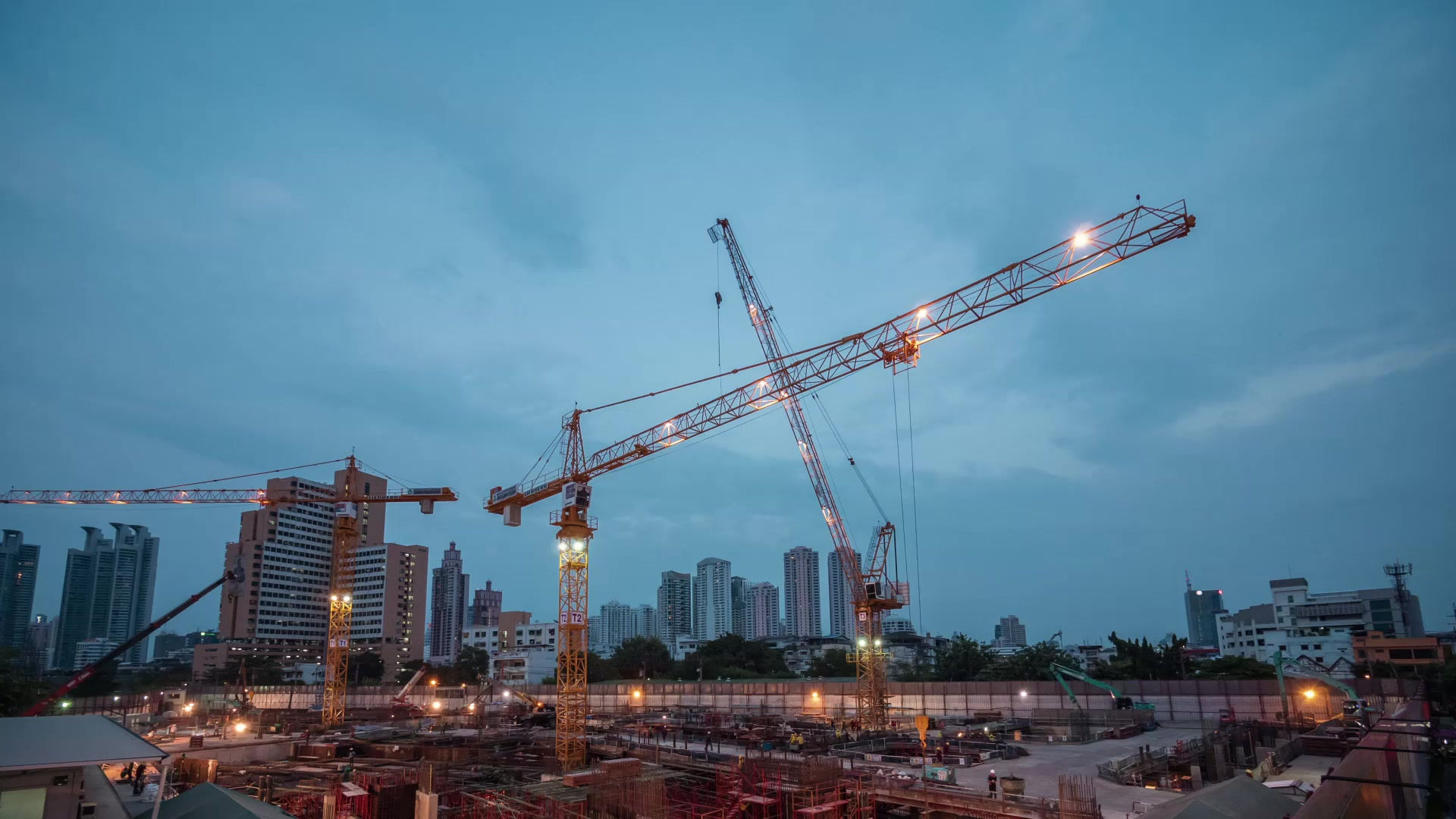Choosing the Right Thermal Camera for the Job: Why It Matters More Than You Think
- Nattanaree Wongpradit
- Jun 30
- 2 min read
Updated: Jul 7
Many people believe that thermal imaging is a one-size-fits-all solution—but that couldn’t be further from the truth. In fact, using the wrong type of thermal or infrared camera for a specific inspection can result in completely inaccurate results or missed issues altogether.
At NTR Partners, we understand that different inspection tasks require different spectral bands, sensor sensitivities, and imaging technologies. Whether you're checking a rooftop for water ingress or scanning for gas leaks in a chemical facility, using the correct IR wavelength is critical.

Not All Thermal Cameras Are the Same
There are three common infrared (IR) ranges used in thermal imaging:
Near-Infrared (NIR): ~0.7 to 1.5 µm
Mid-Wave Infrared (MWIR): ~3 to 5 µm
Long-Wave Infrared (LWIR): ~8 to 14 µm
Each has different strengths depending on the material, temperature range, and environment.
Example: Detecting Gas Leaks vs. Roof Inspections
Gas Leak Detection:Gases like methane, propane, and SF6 absorb infrared energy in very specific wavelengths—often in the NIR or MWIR range. This means a standard LWIR thermal camera, commonly used for building inspections, won’t detect invisible gas plumes.
To detect gas leaks accurately, you need specialized Optical Gas Imaging (OGI) cameras tuned to the spectral absorption band of the target gas.
Rooftop & Electrical Inspections:These typically require LWIR cameras, which are ideal for detecting surface temperature anomalies, moisture ingress, and overheating components.

How NTR Partners Gets It Right
Caption: Different spectral ranges used in thermal imaging and gas detection
We don’t just show up with a “one-size” infrared camera. At NTR Partners, our team:
Analyzes the inspection type (e.g., gas, moisture, electrical, structural)
Selects the appropriate IR camera with the right wavelength sensitivity
Uses CAAT-certified drones equipped with thermal payloads optimized for the job
Delivers detailed thermal reports and videos tailored to each client’s needs
Who Needs Specialized IR Imaging?
Energy Plants & Refineries: Gas leak detection using MWIR/OGI sensors
Solar Farms: Fault detection with high-resolution LWIR sensors
Commercial Buildings: Moisture ingress and heat loss using LWIR drones
Factories & Warehouses: Detect insulation failures, overheating machinery
High-Rise Developers: Check facade insulation and window sealing from above
Consequences of Using the Wrong Camera
Task | Correct IR Range | Consequence of Wrong Sensor |
Gas leak detection | NIR/MWIR | Missed leaks, false sense of safety |
Electrical faults | LWIR | Inaccurate temperature readings |
Structural heat loss | LWIR | Poor imaging resolution |
Solar panel faults | LWIR | Undetected cell damage |
We offer custom inspections using different camera payloads mounted on DJI Matrice DONES for large-area industrial sites.
📍 Serving All of Thailand
We offer thermal drone inspections in Bangkok, Phuket, Chonburi, Rayong, and nationwide—with full compliance with CAAT, NBTC, and liability insurance coverage.
Don’t Let the Wrong Camera Give You the Wrong Data
Whether you're a real estate developer, plant operator, or facility manager, make sure your next inspection is done right the first time. Contact NTR Partners




Comments